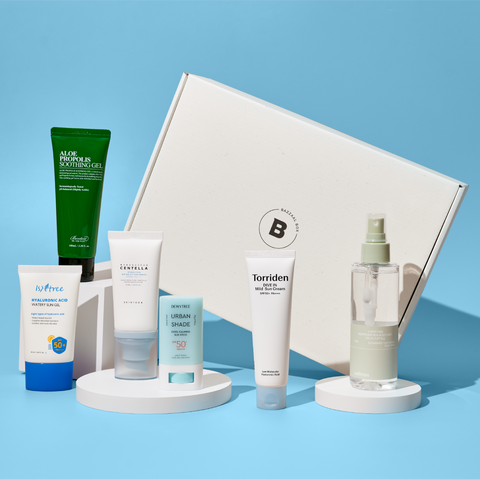SUMMER CARE: How to Read Sunscreen Labels
Do you feel like every time you read the labels on your products, it feels like you're reading Dothraki? Well, this is not an episode of Game of Thrones, and it shouldn't be that hard to read a product label especially if it is something that is going on your skin.
For this week's BAZZAAL tip, we are going to give you the rundown on how to read sunscreen labels so that you can feel at ease when buying your next product.

Broad Spectrum
Broad Spectrum means that your sunscreen offers effective protection against both UVA and UVB rays which are human carcinogens. To put it simply, both rays cause skin cancer, but UVA rays penetrate the skin on a deeper level causing wrinkles, aging, and overall damage under the skin. UVB rays are what cause sunburn as it damages the upper surface of your skin.
SPF (Sun Protection Factor)
SPF or Sun Protection Factor is a measurement, determined in a lab of how much UV radiation is required to cause the skin to burn when sunscreen is applied. For example, SPF 15 provides around 94%, SPF 30 provides around 97% protection, and SPF 50 provides around 98% protection from UVB rays.
Remember no sunscreen offers 100% protection, so just be sure to reapply every 2 hours, especially after swimming and heavy sweating.
PA
PA is short for Protection Grade of UVA. Developed by Japanese researchers, it is a rating system that measures the UVA protection in your sunscreen. The ratings go from PA+ which equals low UVA protection, PA++ which equals moderate UVA protection, or PA+++ which equals high UVA protection.
Water-Resistant
When the term water-resistant followed by a specific amount of time is included on the label, it just means that this product remains effective for around the time given when engaging in water activities.
Active Ingredients
This is the list of ingredients included in your sunscreen, typically on the back of the product. There are two types of active sunscreen ingredients: chemical and physical. Chemical sunscreens absorb UV rays whereas physical sunscreens stay on top of the skin to deflect UV rays. The main active ingredients for each will be listed below:
Chemical
- Avobenzone
- Octinoxate
- Oxybenzone
Physical
- Titanium dioxide
- Zinc oxide
However these days, many sunscreens combine both of these ingredients to promote effective protection. Though it is important to note that some sunscreens contain toxic ingredients that are proven to harm the environment. So using mineral-based sunscreens that include ingredients that effectively protect your skin is the best way to go!





Thanks a lot !
I was interested to read very useful information.
Leave a comment